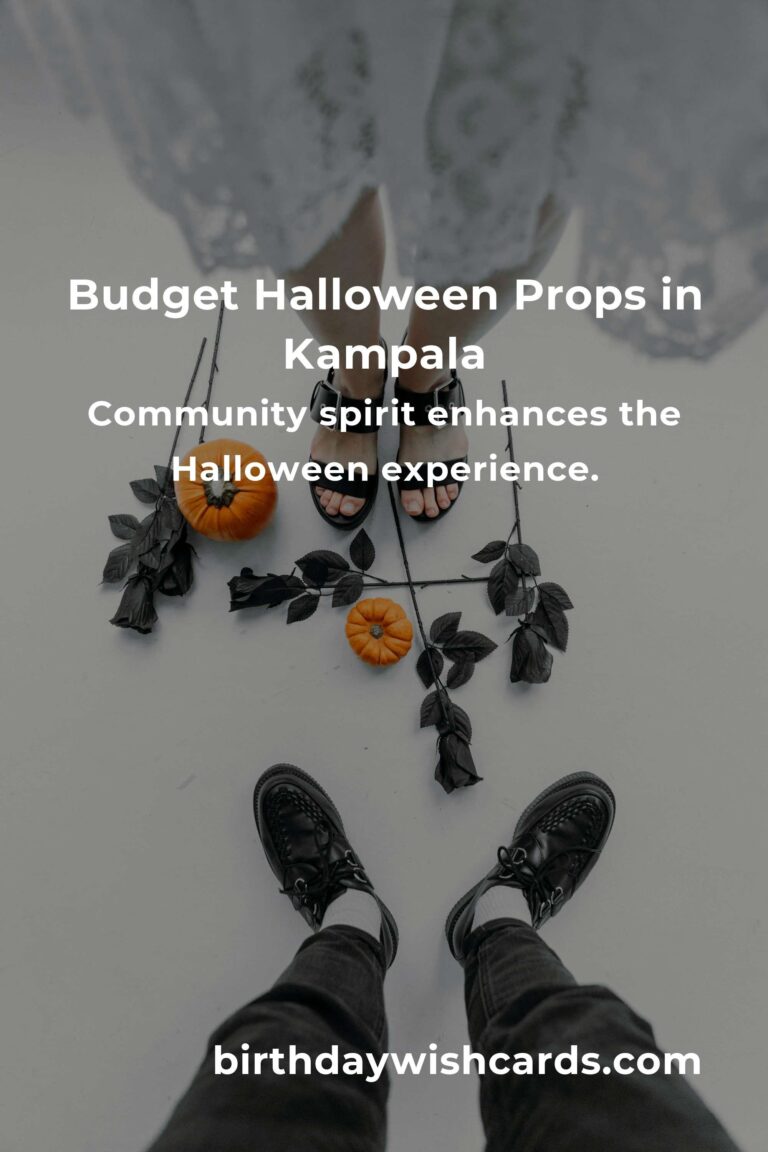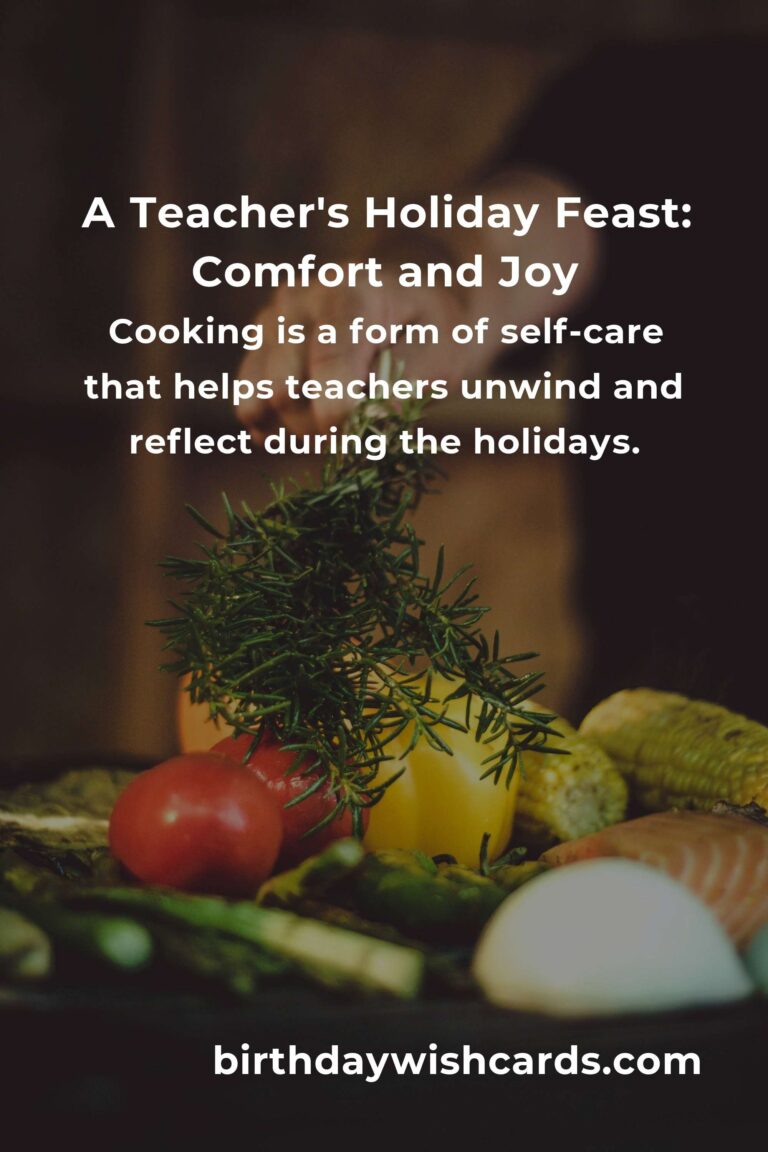Celebrate New Year’s Eve and New Year’s Day with Festive Traditions
New Year’s Eve and New Year’s Day are among the most widely celebrated holidays worldwide. Marking the close of one year and the dawn of another, these days are filled with joy, reflection, and cherished customs. While the date of the New Year varies across cultures, January 1st is the most commonly observed day for new beginnings. Many of these traditions have ancient roots, originating in civilizations that celebrated the winter solstice and the renewal of the seasons.
Today, people around the globe honor New Year’s Eve and New Year’s Day with unique and meaningful rituals. Whether through lively gatherings, quiet reflection, or cultural ceremonies, these celebrations unite communities and inspire hope for the future.
New Year’s Eve: Welcoming the New Year
On December 31st, millions take part in New Year’s Eve festivities. Celebrations range from intimate gatherings with loved ones to grand public events featuring music, dancing, and spectacular fireworks.
One of the most iconic traditions is the Times Square ball drop in New York City. Since 1907, crowds have gathered to watch the glittering ball descend at midnight—a symbol of renewal watched by millions worldwide.
In Spain, a beloved custom involves eating twelve grapes at midnight, one for each chime of the clock. This tradition is thought to bring good luck and prosperity for each month of the coming year. Spaniards often prepare their grapes in advance to keep pace with the clock’s chimes.
Scotland celebrates New Year’s Eve as Hogmanay, a vibrant festival filled with traditional songs, dancing, and bonfires. A highlight is “first-footing,” where the first person to enter a home after midnight brings gifts and good wishes for the year ahead.
In Japan, the Joya-no-Kane ritual involves ringing temple bells 108 times, symbolizing the cleansing of 108 earthly desires and sins. This practice helps participants let go of negativity and welcome a fresh start.




